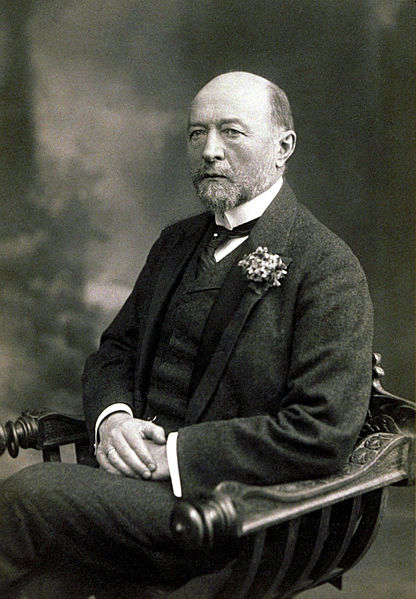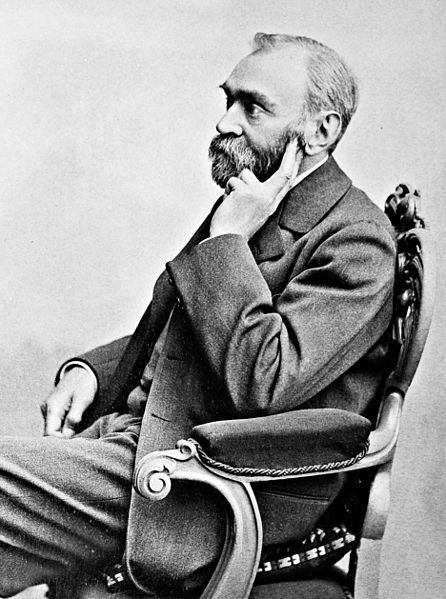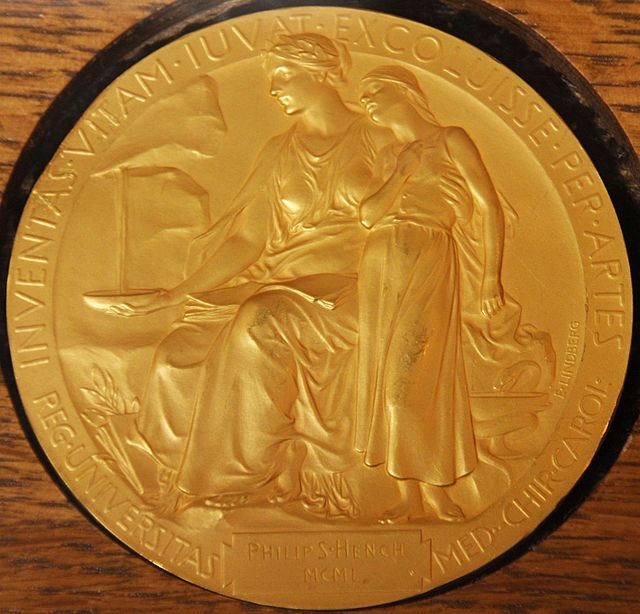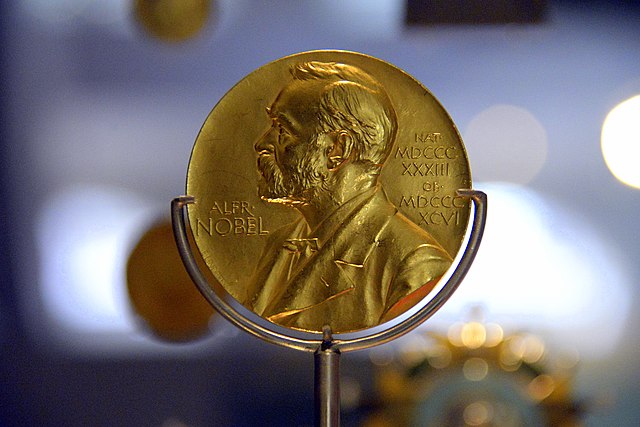Emil von Behring, born Emil Adolf Behring, was a German physiologist who received the 1901 Nobel Prize in Physiology or Medicine, the first one awarded in that field, for his discovery of a diphtheria antitoxin. He was widely known as a "saviour of children", as diphtheria used to be a major cause of child death. His work with the disease, as well as tetanus, has come to bring him most of his fame and acknowledgment. He was honoured with Prussian nobility in 1901, henceforth being known by the surname "von Behring."
Emil Adolf von Behring
Laboratory of 1913 in the Wannkopfstraße in Marburg
Villa Behring (burgundy) on Capri
Behring mausoleum in Marburg
Nobel Prize in Physiology or Medicine
The Nobel Prize in Physiology or Medicine is awarded yearly by the Nobel Assembly at the Karolinska Institute for outstanding discoveries in physiology or medicine. The Nobel Prize is not a single prize, but five separate prizes that, according to Alfred Nobel's 1895 will, are awarded "to those who, during the preceding year, have conferred the greatest benefit to humankind". Nobel Prizes are awarded in the fields of Physics, Medicine or Physiology, Chemistry, Literature, Economics and Peace.
Nobel was interested in experimental physiology and set up his own laboratories.
The reverse side of the Nobel Prize for Physiology or Medicine
Alexander Fleming's 1945 Nobel Prize medal for Physiology and Medicine on display at the National Museum of Scotland, Edinburgh.
Emil von Behring received the first Nobel Prize in Physiology or Medicine in 1901.







